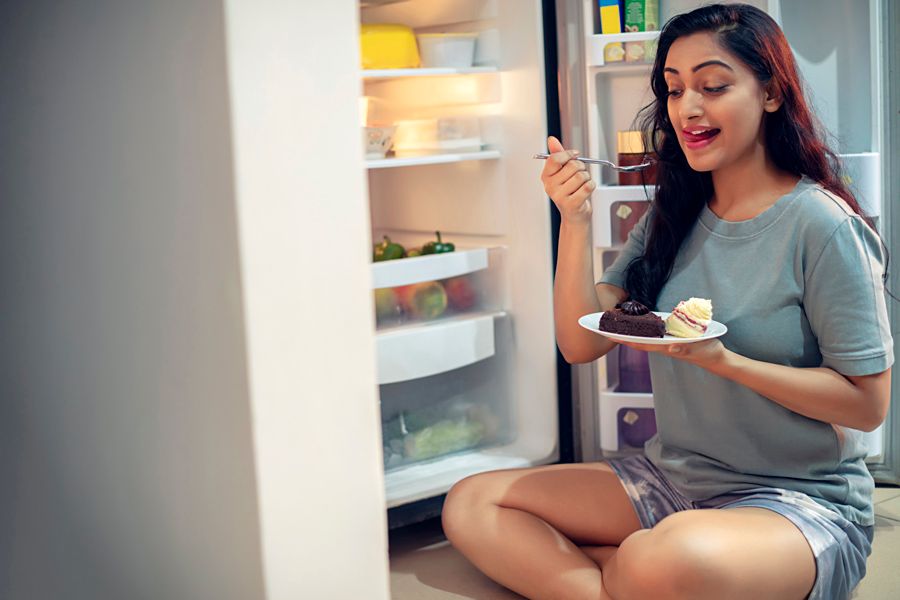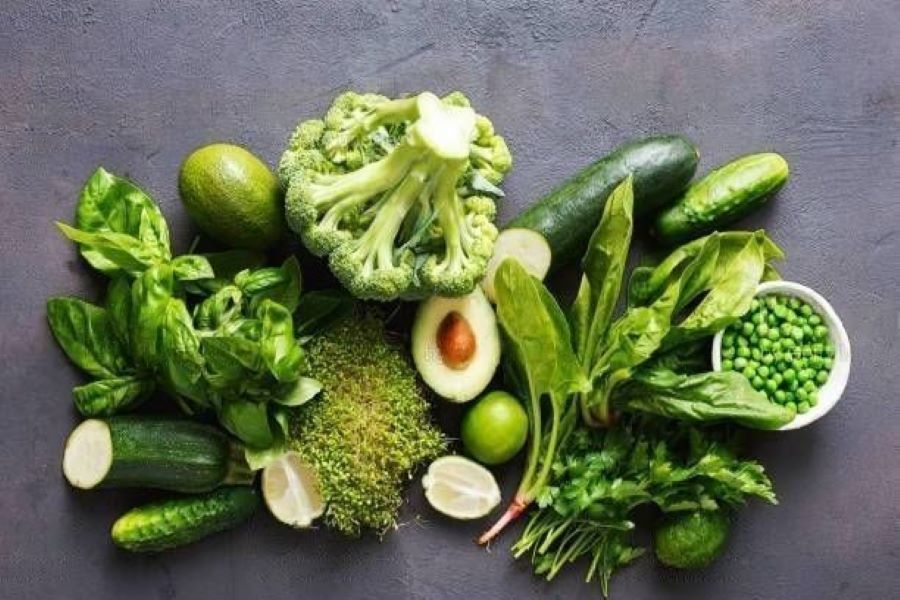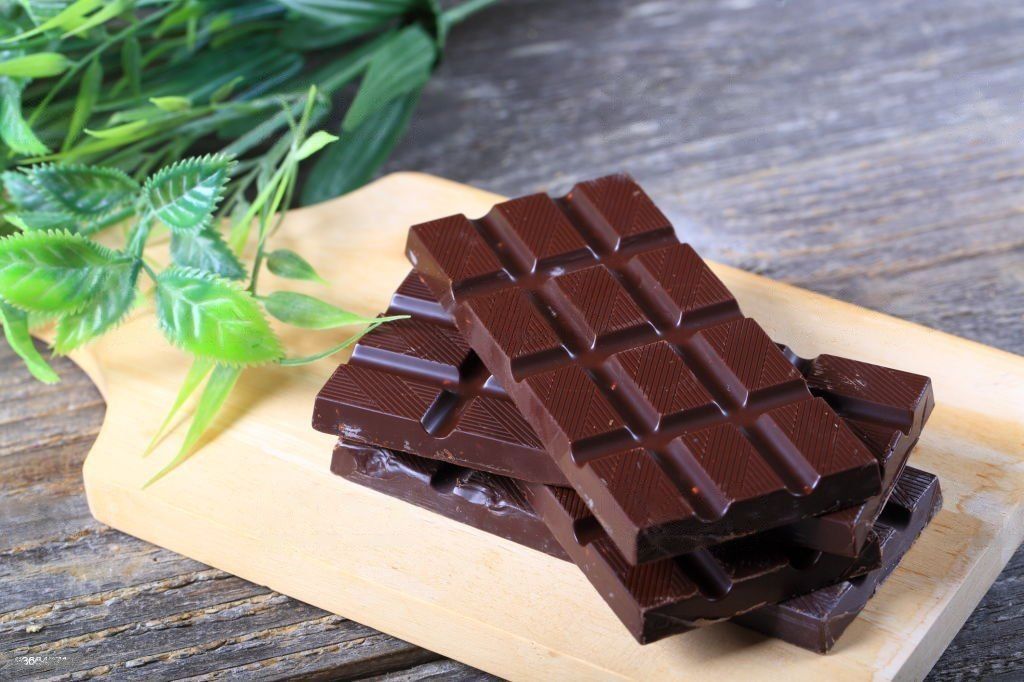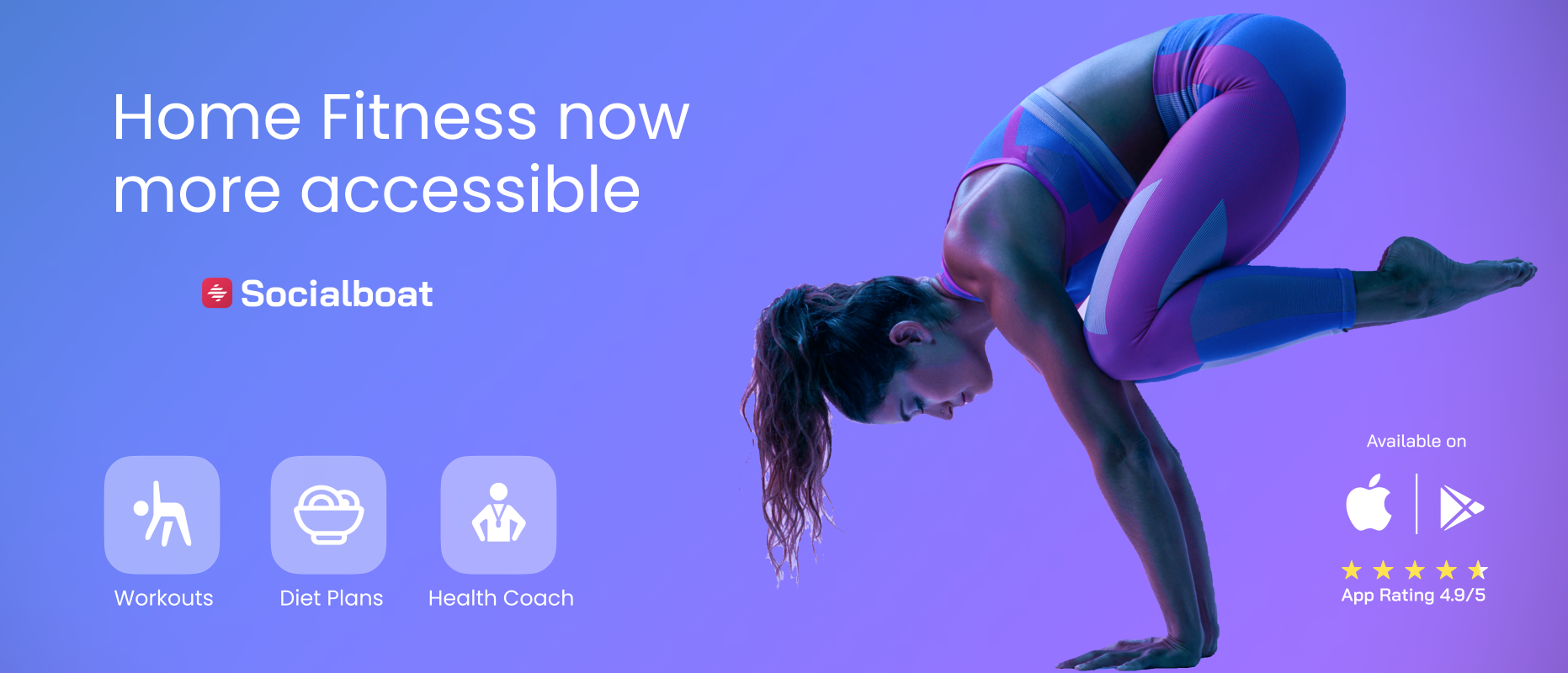5 Foods that help during PMS
Pre-Menstrual Syndrome is often called PMS. After ovulation and prior to the beginning of their menstrual cycle, many women experience PMS, a combination of physical and emotional symptoms.

What is PMS?
Pre-Menstrual Syndrome is often called PMS. After ovulation and prior to the beginning of their menstrual cycle, many women experience PMS, a combination of physical and emotional symptoms. Researchers believe that PMS occurs in the days following ovulation because, if you are not pregnant, your estrogen and progesterone levels start to fall drastically. After a woman's menstruation begins, PMS symptoms disappear quickly as her hormone levels start to rise.

What are the symptoms of PMS?
Each woman has a unique set of PMS symptoms. You could experience both physical and emotional symptoms, such as gassiness or bloating, or none. As you age, your symptoms may also alter.
PMS physical signs may include:
· Bloating or diarrhea
· Cramping
· Backache or headache
· Reduced tolerance for light or noise
·Enlarged or sensitive breasts

PMS symptoms that are emotional or mental include:
· Irritability or aggressiveness
· Issues with sleep (sleeping too much or too little)
· Changes in appetite or food desires
· Problems with memory or attention
· Mood swings

What are the causes of PMS?
Hormone changes that occur during the menstrual cycle could be a factor. Some women may be more affected than others by these fluctuating hormone levels.
Would you like to reduce the monthly moodiness, bloating, and cramping? Instead of reaching for chips and chocolate, here are the top 5 foods that will help you to relieve PMS.
- DALS AND PULSES
Dals and pulses are also rich in fiber, another important PMS treatment that helps control insulin and blood sugar levels. Soaking and cooking them before eating them considerably reduce the excess gas and bloating.

2. DARK GREEN LEAFY VEGETABLES (DGLV)
Top your list of vegetables that fight PMS with all types of green vegetables. Every diet should consist of them because it is a staple food that is rich in calcium, vitamins A, C, B6, and E, as well as the minerals calcium, potassium, and magnesium, all of which have been proven to help women with PMS. All types of green leafy vegetables are wonderful sources of dietary fiber, which supports the control of your digestive system and estrogen levels.

3. HERBAL TEA
Because of its potential to ease muscular spasms and lessen the intensity of menstrual cramps, herbal tea is recommended. When PMS strikes, a warm cup of herbal tea can be comforting, reducing the tension and irritation that hormonal changes might bring on the days before your period. Especially around period time, caffeine has been found to increase breast discomfort and make you angrier.

4. EGGS
Nutritious vitamins and minerals are abundant in eggs. Vitamins D, B6, and E can all help lessen PMS symptoms. The chemicals in the brain that produce PMS are thought to be controlled by vitamins, and some may even help limit the effects of fluctuating hormone levels. For breakfast, have them poached, sunny-side up, or scrambled. You can also add hard-boiled eggs to a salad.

5. DARK CHOCOLATE
In numerous ways, dark chocolate reduces the symptoms of PMS. Its antioxidants cause the blood vessel walls to relax, bringing down blood pressure and enhancing circulation. Additionally, magnesium is a component of this treat, which has been shown to help with PMS symptoms.

SUMMARY
If including these foods in your diet does not improve your symptoms, you might want to try cutting back on things like caffeine, salt, and sugar. Also, remember to drink plenty of water and light drinks to stay hydrated.
Jayti Shah is a Clinical Nutritionist with a master's degree in Clinical Nutrition and Dietetics. She is a member of the Indian Dietetic Association (IDA). Over the last 9 years, she has helped 400 clients in their clinical and weight loss journeys. She works with SocialBoat as a nutrition consultant. We hope this article helps you to understand PMS, the symptoms, and ways to control them after following simple home remedies.
At SocialBoat, we offer you custom diet plans and guided workouts to help you achieve your goals in a 360-degree approach. Our gamified experience ensures that you don’t find workouts boring and we reward you for being consistent with your efforts.

